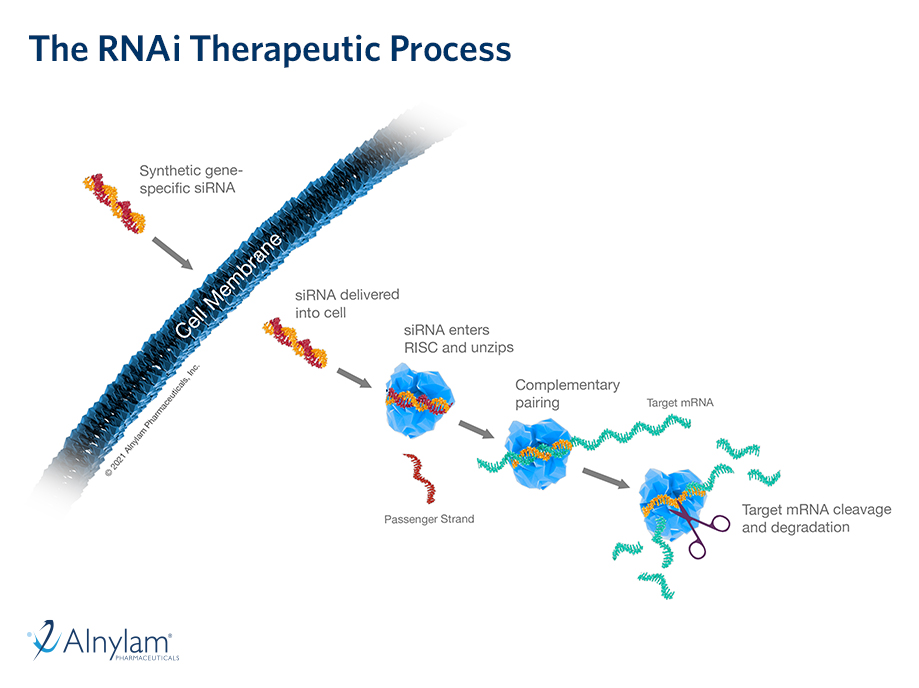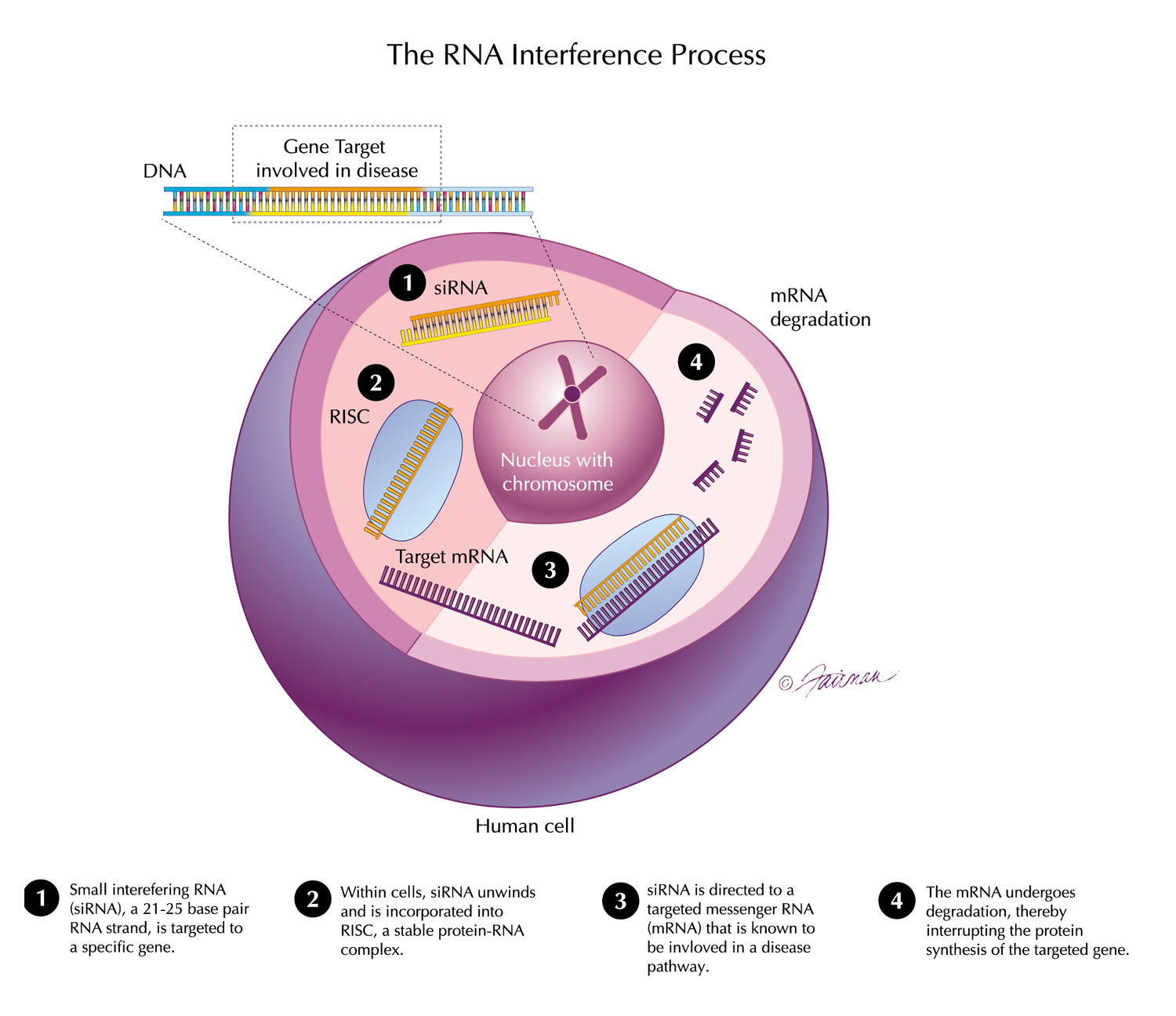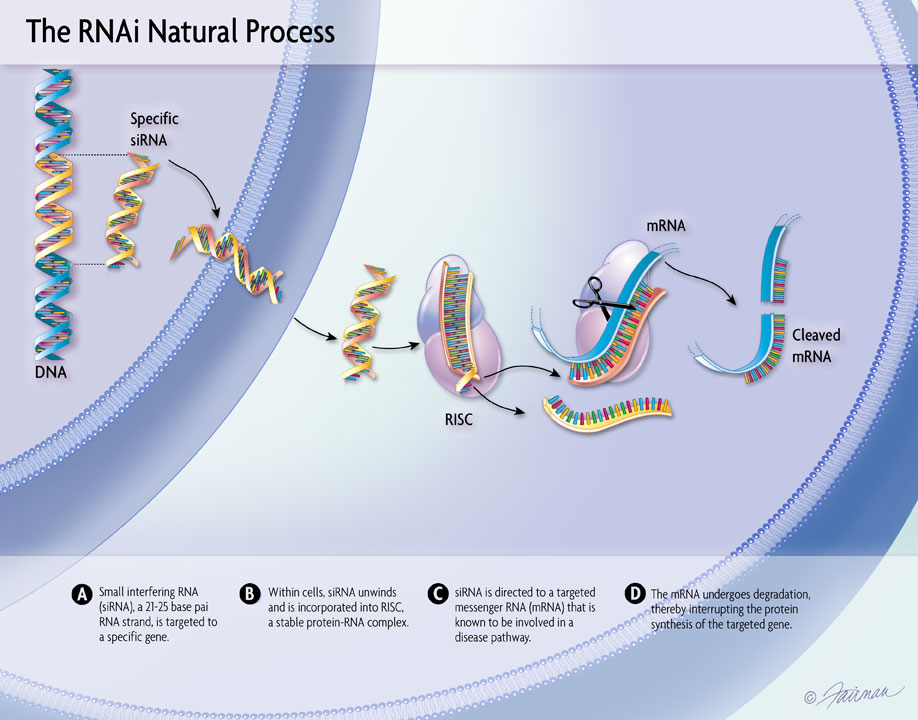
09 Nov, 2018 Updated Phase 1/2 OLE Results for Givosiran and EXPLORE Natural History Study Data at AASLD 2018
We presented updated results from the ongoing Phase 1/2 open-label extension (OLE) study of givosiran, an investigational RNAi therapeutic targeting aminolevulinic acid synthase 1 (ALAS1) for the treatment of acute hepatic porphyria (AHP), at The Liver Meeting® 2018 of the American Association for the Study of Liver Diseases (AASLD), held November 9-13, 2018 in San Francisco, CA.
As of the data cut-off date of June 7, 2018, a robust treatment effect was maintained in givosiran-treated patients with continued dosing in the Phase 1/2 OLE study (N=16), with a mean time on treatment of 13.6 months and total time on treatment across the Phase 1 and OLE studies of up to 25 months. Monthly dosing at 2.5 mg/kg led to sustained lowering of ALA and porphobilinogen (PBG) toward normal levels, with a mean reduction from baseline of 87 and 83 percent, respectively, at 12 months. In patients who received givosiran during the Phase 1 study and continued with givosiran dosing in the OLE study (N=12), mean reductions in annualized attack rate (AAR)* of 93 percent and annualized hemin use of 94 percent were observed, relative to pre-treatment results (measured in the Phase 1 blinded, prospective run-in period). Similarly, patients in the placebo arm of the Phase 1 study crossing over to givosiran treatment in the OLE study (N=4) experienced mean reductions in AAR of 95 percent and annualized hemin use of 98 percent. Seven of sixteen patients (44 percent) achieved an AAR of zero with a mean of 11.3 months on treatment; the average AAR during the run-in period for these seven patients was 15.2.
Serious adverse events (SAEs) were reported in four patients. Previously reported SAEs included: a patient with an upper extremity deep vein thrombosis, assessed as unlikely related to study drug by the investigator; and one patient who had an anaphylactic reaction after the third dose of givosiran, assessed as definitely related to study drug, which resolved with medical management. New SAEs included: a patient with two episodes of pyrexia related to a suspected Port-a-Cath infection and chlamydia bronchitis, assessed as unlikely related to study drug; and one patient with a change in mental status due to a possible glucocorticoid toxicity from an acute bacterial sinusitis, both of which were assessed as unlikely related to study drug. AEs occurring in three or more patients included abdominal pain, fatigue, injection site erythema, nausea, myalgia, diarrhea, headache, and nasopharyngitis. Six patients had injection site reactions, all mild to moderate. No clinically significant increases in liver function tests or lipase levels were noted with continued dosing in the OLE study.
With up to over two years of dosing, we continue to be encouraged by the sustained clinical activity and safety profile of givosiran in the ongoing Phase 1/2 OLE study. We are on course to initiate a rolling NDA submission for givosiran by the end of 2018, and report topline results from the ENVISION Phase 3 pivotal study in early 2019.
We also presented data from the EXPLORE Natural History Study of AHP patients with recurrent attacks. In patients on study (N=97), over 12 months of follow-up, the mean AAR was 3.7 overall and patients reported chronic pain between attacks that increased during attacks regardless of opioid or hemin prophylaxis.
*Attacks requiring hospitalization, urgent health care visit or hemin administration, which is the attack rate definition used in the ENVISION Phase 3 trial.


